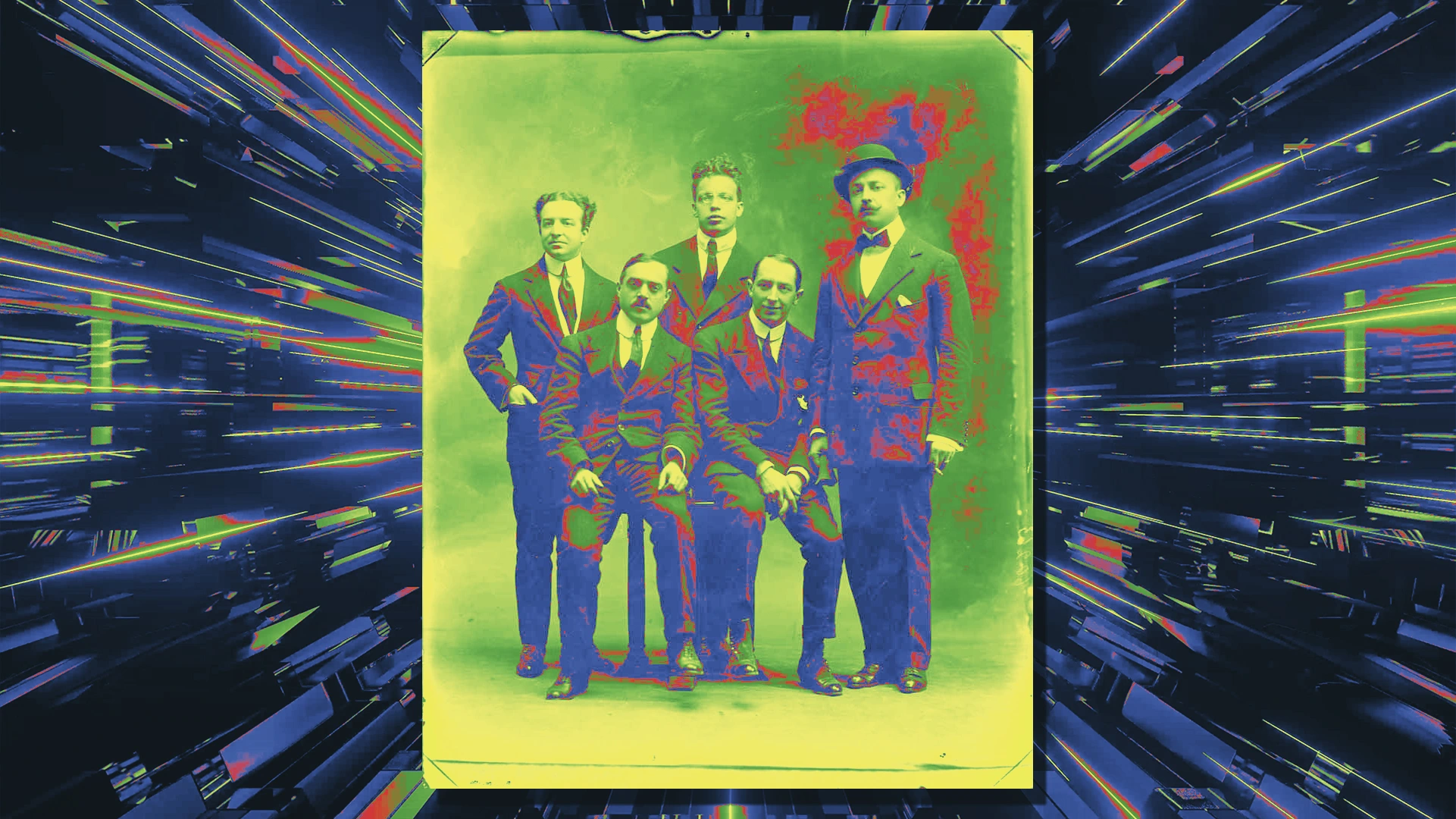
"In The Singularity is Nearer: When We Merge with AI, the futurist Ray Kurzweil imagines the point in 2045 when rapid technological progress crosses a threshold as humans merge with machines, an event he calls "the singularity." Although Kurzweil's predictions may sound more like science fiction than fact-based forecasting, his brand of thinking goes well beyond the usual sci-fi crowd. It has provided inspiration for American technology industry elites for some time, chief among them Elon Musk."
"Ideas like those of Kurzweil and Musk, among others, can seem as if they are charting paths into a brave new world. But as a humanities scholar who studies utopianism and dystopianism, I've encountered this type of thinking in the futurist and techno-utopian art and writings of the early 20th century. Techno-utopianism's origins Techno-utopianism emerged in its modern form in the 1800s, when the Industrial Revolution ushered in a set of popular ideas that combined technological progress with social reform or transformation."
"Kurzweil's singularity parallels ideas from Italian and Russian futurists amid the electrical and mechanical revolutions that took place at the turn of the 20th century. Enthralled by inventions like the telephone, automobile, airplane, and rocket, those futurists found inspiration in the concept of a "New Human," a being who they imagined would be transformed by speed, power, and energy."
Ray Kurzweil projects a 2045 singularity when humans merge with machines driven by accelerating technological progress. Elon Musk's Neuralink seeks to implant brain-computer interfaces to unlock new dimensions of human potential and echoes singularity thinking while invoking apocalyptic risks and transformative remedies. Techno-utopianism emerged during the 1800s Industrial Revolution by combining technological advance with social reform. Early 20th-century Italian and Russian futurists celebrated inventions and imagined a "New Human" transformed by speed, power, and energy. Those futurists sometimes envisioned destroying an old world to make way for a new one, reflecting a recurring Western techno-utopian belief in apocalyptic renewal.
Read at Fast Company
Unable to calculate read time
Collection
[
|
...
]